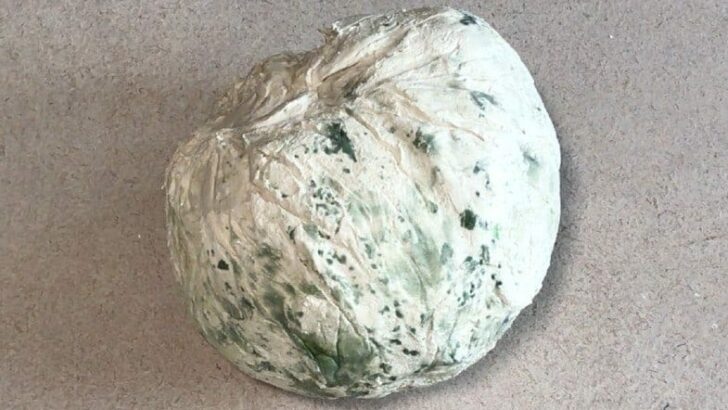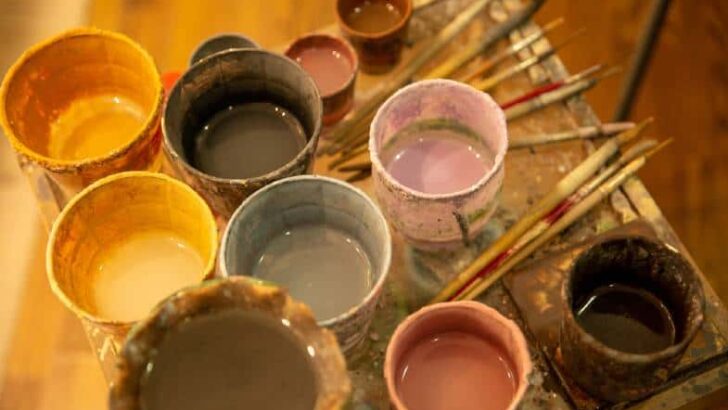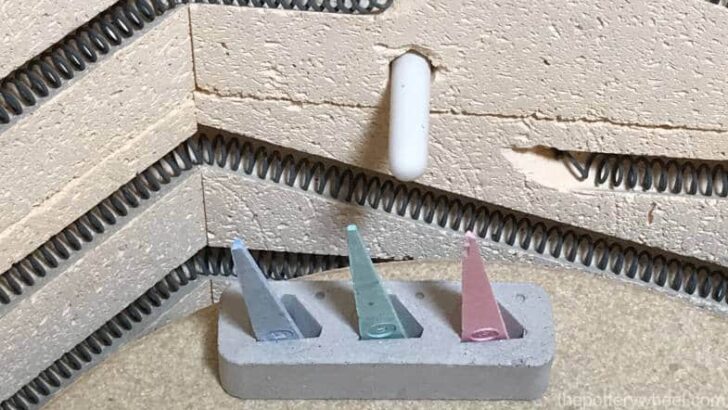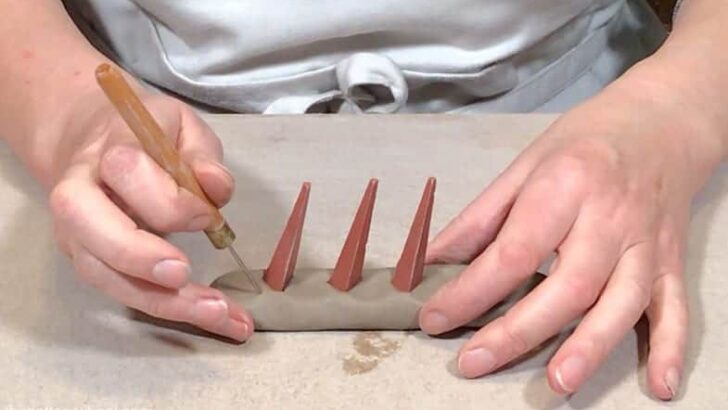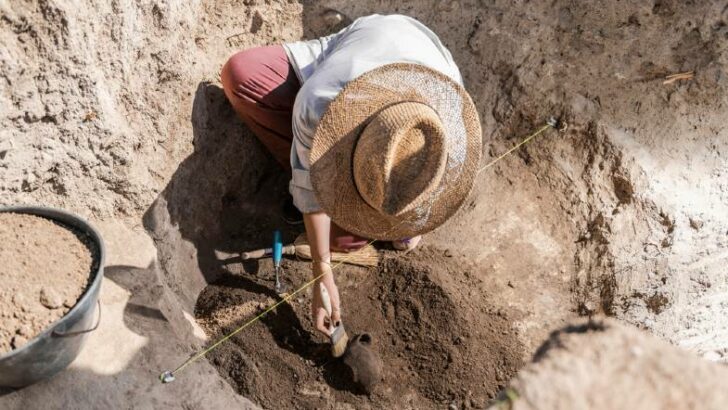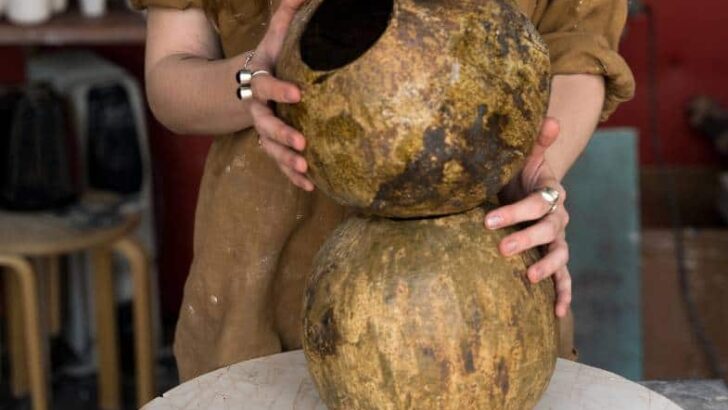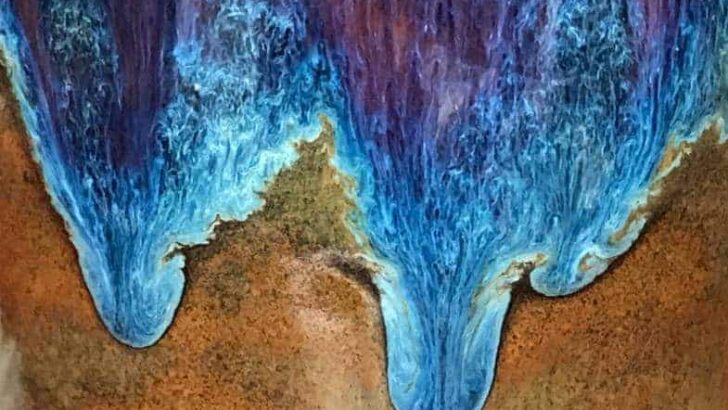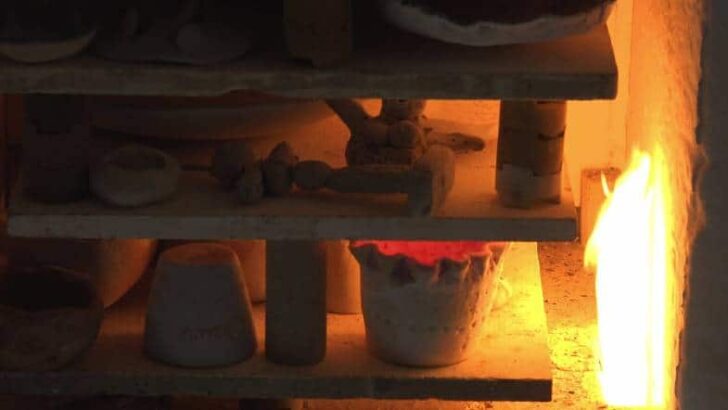Your cart is currently empty!
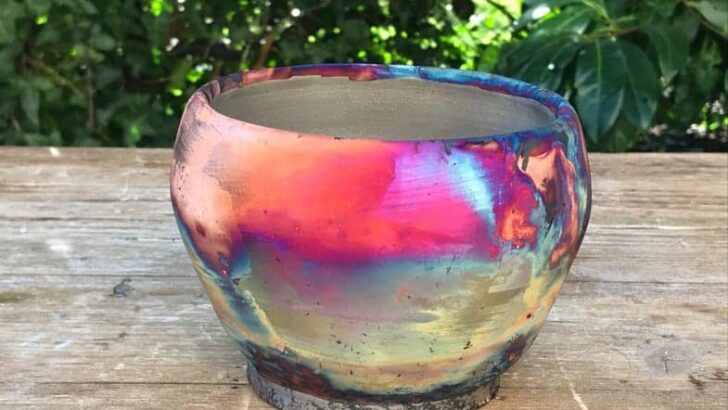
Copper Matte Raku – How to Make Copper Fuming Raku Pottery
Copper matte raku, also known as copper fuming raku is a low fire technique that can produce iridescent multi-colored pottery. It involves the application of a simple copper oxide wash to bisque pots. These are then raku fired and put into a post-firing reduction atmosphere to create a vivid array of rainbow colors. There are…

